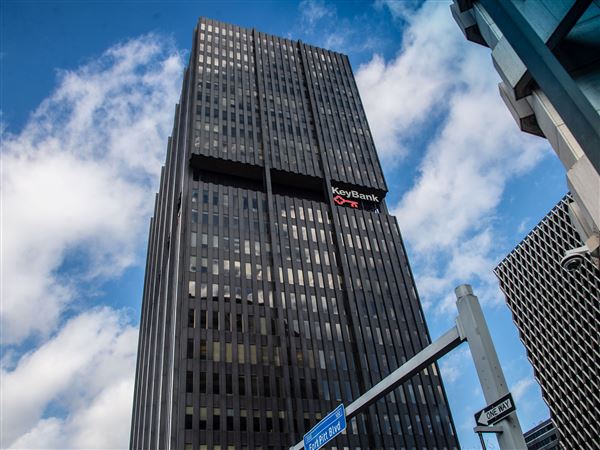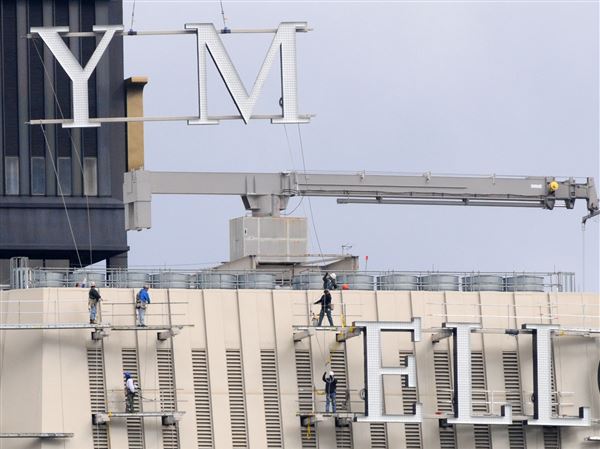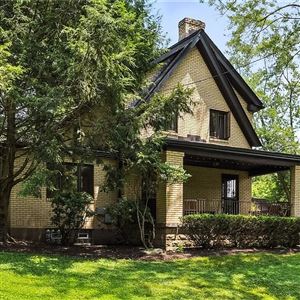The city should always be working to improve its economic development efforts — the economy is ever evolving, after all — so Mayor Bill Peduto’s plan to reimagine the Urban Redevelopment Authority merits cautious enthusiasm.
Cautious because changes at the URA, established in 1946 to stimulate the city’s postwar renaissance, could bring improvements or setbacks.
Mr. Peduto wants the “new URA” to focus more on neighborhood development and small businesses. Those are legitimate goals, but the agency must not duplicate the work of existing neighborhood development groups, such as the Bloomfield-Garfield Corp., or start dictating how neighborhoods will grow. Neighborhoods deserve to control their destinies.
Better for the URA to offer more help to development groups already doing good work and facilitate the creation of these organizations in places lacking them. The city’s postindustrial recovery across 90 neighborhoods has been uneven. A retooled URA could play a role in bringing vibrant business districts to neglected neighborhoods, such as Homewood and Larimer, and help local leaders develop plans for tying their corners of Pittsburgh to the larger economy.
Mr. Peduto’s refocusing of the URA was prompted partly by a Brookings Institution report last year that called for the city to better commercialize the research done at hospitals and universities. In partnership with neighborhood residents, the URA might explore how Homewood could own a part of that effort.
A University of Pittsburgh report last year championed the city’s potential to be a center for the life sciences. If supported by people living and working there, the URA might ask how Larimer could stake a claim to that work.
A heightened focus on small business would be welcome. Studies by the Ewing Marion Kauffman Foundation have shown that Pittsburgh trails other cities in generating startups, helping them grow and supporting entrepreneurs. Shortage of venture capital is a chronic problem.
As much as certain neighborhoods and small businesses could use more help from the URA, the agency must be careful not to overextend itself. There’s no one to take over the agency’s portfolio of big projects, such as the long overdue redevelopment of the former Civic Arena site, and little good would come from the URA morphing into a bigger bureaucracy with substantially more power.
The city, URA and Pittsburgh Housing Authority have partnered for the $27.5 million purchase of the former Art Institute of Pittsburgh building, Downtown. It is posh space in a prime location best suited for a taxpaying developer, not government agencies. This is a bad move — especially for a development group — that exposes the defects in Grant Street decision-making.
The URA should offer neighborhoods and small businesses as much assistance as it can, while understanding its limits and respecting neighborhood sensibilities. The URA has much to offer, but it doesn’t have all the answers.
First Published: September 24, 2018, 4:00 a.m.

















